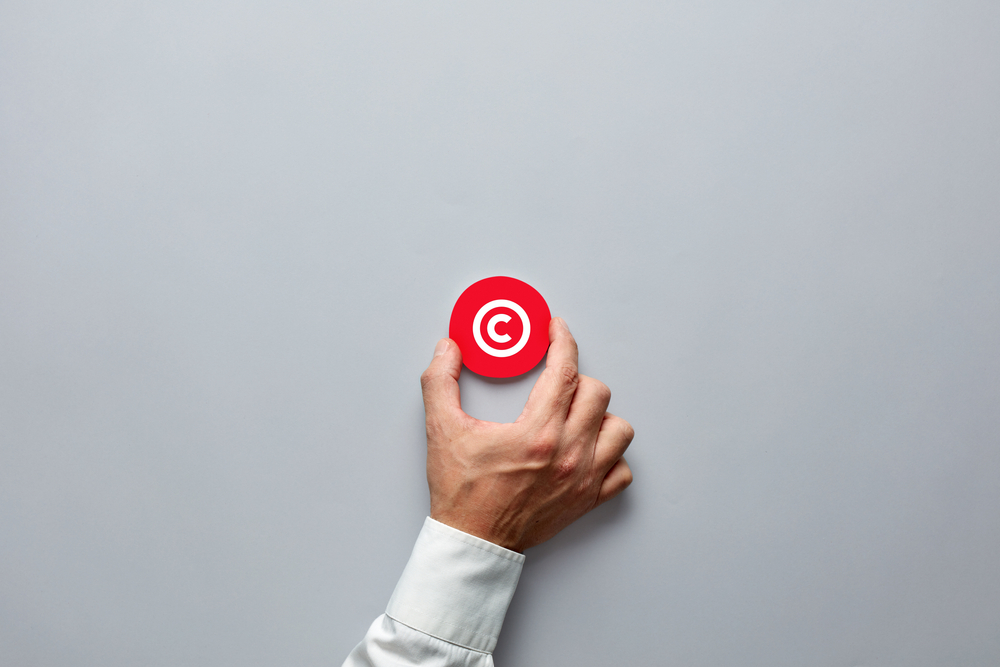Firstly, creating and developing a brand is more than just a catchy name, a unique logo, and a catchy phrase.
You need to identify your values, have an established plan, and stick to it no matter what.
It’s about loving, and being consistent in everything you do, until people instantly recognize your brand.
Think about how you associate Burger King with their orange and red colors.
There are several steps you need to take to ensure the brand consistency of your business.
What is brand consistency?
First of all, brand consistency ensures that everything related to your brand is delivered in the same manner.
In simple terms, brand consistency is repeating things over and over.
As a result, creating and maintaining your brand’s image can be tedious, but that’s one sacrifice you need to make to achieve it.
Over time, people will automatically recognize your brand identity, and even the way you communicate it.

Brands go through 4 different phases.
- First, the brand is in the exposure stage where customers are aware that it exists.
- Second, is the discovery phase where customers study the brand and discover its value.
- Next is the brand awareness phase. In this phase, people associate a particular value with a brand.
- Finally, there is a brand loyalty phase when the customer is loyal to the brand. In this phase, customers buy products from the mentioned brands unless something adverse happens, which leads them to a different brand.
To clarify, think of your brand as a team. The brand grows with the cooperation of all team members (values, visual elements, messages). However, as team members move in different directions, the brand can stop evolving and cause a regression. The same thing happens when team members (logos, brand colors) are replaced.
Progress requires consistency.

Why is brand consistency important?
Consistency in branding can lead to many different things including:
- Brand recognition
- Positive associations
- Domain authority
- Customer loyalty
1. Brand recognition
Did this ever happen to you?
For instance, imagine a video plays on Youtube, then an ad pops, and you hear a jingle, and you suddenly realize it’s McDonald’s.Just by hearing the first few notes, you know the brand behind the commercial.
Furthermore, immediate brand awareness: the dream of every marketer. It’s definitely not an easy task. Well-known companies you recognize with jingles and logos have put in the effort, that’s not luck.It is about creating high-quality content, providing solutions for your customers, delivering a constant message. Through a consistent brand delivery, you will create associations, hopefully, positive ones.

2. Positive associations
For Instance, think about the Volkswagen emissions scandal and the impact it had. Volkswagen spent years increasing its reputation, and the scandal had a huge impact on the brand.
Besides the substantial fines the company had to pay, its profits went down the following year. It also impacted the view people had regarding diesel engines.
If brands are known to produce safe and defective vehicles, there is no doubt that they will lose their customers. People will associate this brand with an accident, even if the company solves the problem and no accidents have occurred in the past. Therefore, they will still be skeptical about buying a car of this brand.
Furthermore, we associate with a brand both positive and negative. A purchase is an emotional decision based on the feeling that a particular product or brand evokes. This is why brand consistency is essential. Brand consistency allows businesses to perfect their image at the right time.
3. Domain authority
Above all, being the go-to company in a particular domain, when people think of a specific problem, they instantly think of a company as a solution.
Meanwhile, apple did not achieve the brand’s authority without hard work. The company has experienced some failures. They often changed their logos, but they perfected their technique and people came to consider them authoritative.
So, being an authority in a field is an ongoing task, and brand consistency is essential to achieving it. By using well-established formulas, customers can see what they are getting.
4. Customer loyalty
Loyalty results from a satisfying relationship between both the brand and the consumer.
Once again, consistency is key. It is all about how and why customers have bonded with a brand. A loyal customer will be willing to go the extra mile, to show support for the company they love.
When it comes to brand loyalty, a company’s value is the most important factor. It shapes the feeling of belonging to a community; a sense of uniqueness.
However, it is a double-edged sword, since any decision contradicting your customer’s values, might negatively impact you as a brand. What you’ve built in a lifetime can be destroyed in a moment.
In short, as you might have noticed, they are all connected. Brand consistency leads to brand recognition. People recognize a brand, and they form bonds with it. Once they use it constantly, and are happy with it, they’ll be loyal to it.

How to create brand consistency?
- Promote your values
- Know your audience
- Remain flexible
- Establish brand guidelines
1. Promote your values
Firstly, to develop brand consistency, you need to establish the direction you are aiming towards. Before anything else, you need to grasp your brand’s main values.
Moreover, one way to ensure this is by creating a mission statement for your brand. A mission statement tells your brand’s vision and purpose. In other words, it explains why you exists. A mission statement can also be an inspiration for your employees.
Secondly, a mission statement is important information for the customers and even for potential investors.
For example, Nike made a choice; it gained and lost many customers because of the core values it chose and expressed.
2. Know your audience
First of all, brand consistency is important for promoting your brand’s image, but never forget to always keep your audience in mind. Your brand might have customers from different domains, and in this case, different approaches are the solution. If your company is both B2B and B2C, you might need to tweak somethings.
If you know that students use your YouTube channel, you can use a different tone there. When sending emails to businesses, use a more formal tone.
On the other hand, if your brand has a unique type of user persona, use one tone across all channels. If you use a formal tone in your emails, don’t make it light in your blog posts. In addition, it is noteworthy to be aware of the situation.

3. Be flexible
There is a difference between being inflexible and being consistant to your brand’s values.
For instance, if your business method is no longer efficient, then what’s the point? Netflix is a great example of this. Surprisingly, Netflix did not start as that loved popular video streaming service it has become today. They adapted, and went digital, while Blockbuster refused to do so.
Certainly, we all know how well that went for Blockbuster. Netflix’s popularity is on a constant rise, while Blockbuster has one remaining store. It is not a black and white situation, gray exists as well.
Most importantly, don’t be afraid to fix and tweak if you feel like the brand needs improvement.
4. Establish brand guidelines
To be able to be consistent, employees all need to follow the same instructions. Firstly, a brand guideline is a set of instructions on how a brand should use its visual elements such as logo, colors, typography, and fonts.
While the brand kit refers directly to the visuals, the brand guidelines also relate to tone, and how to deliver the message in specific circumstances.
A brand guideline is a perfect tool for ensuring brand consistency. It can be used both externally and internally as a means to protect your brand identity. Other brands might use your brand kit elements but only by following a strict set of regulations.
Visit us on Brainspace to learn more about Optimizing your Brand Identity and Consistency!



